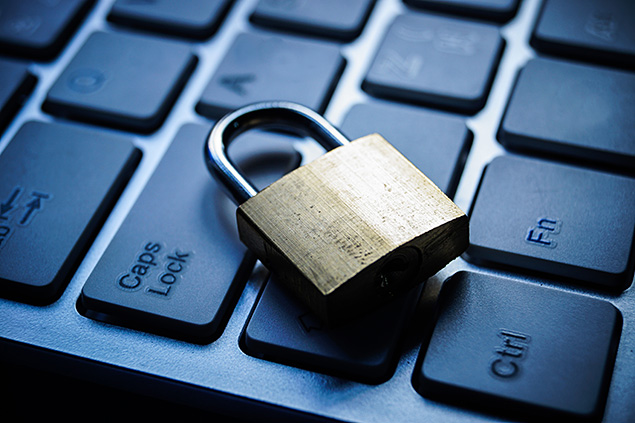Tips on Backing up Your Business Tax Data



When it comes to the safe handling and storage of sensitive tax data, businesses and tax preparers can’t be too cautious. The risk of hacking and cyber fraud is always present, requiring airtight procedures, the latest technological advances and careful screening of vendors.
Tax software maker TaxAct learned this lesson the hard way. The company recently had to inform certain customers that an unauthorized third party accessed their files in late 2015. According to the announcement, a cyber crook viewed and possibly copied or printed stored tax returns — accessing names, Social Security numbers, addresses, driver’s license numbers and bank account information.
If the thought of this happening to your business sends chills up your spine (as it should!), you need to be certain you’re doing everything possible to prevent it. Here are eight tactics to build a strong fortress against hacking and other threats:
A fully protected network begins with a properly configured firewall and a wireless connection that utilizes the latest encryption methods. Don’t cut corners here! Otherwise, unauthorized individuals can more easily tap into your systems to steal or corrupt data.
This is something many businesses overlook, even after they’ve made the effort to build a strong firewall. Unless you’re staying on top of the latest versions or patches, you could open the door to new scams, phishing attacks and other risks.
Think past your onsite servers and systems. Do your employees conduct business on portable devices like smartphones, tablets and laptops? Install or require security programs with them, too. With many employees using public Wi-Fi with these devices, this precaution is critical. You’ll also want to explore electronic “wiping” programs that delete data from portable devices in case of loss or theft.
Only allow approved individuals to access to sensitive data and systems. Require administrator’s logins and set up screen savers that request passwords after a period of inactivity, all of which help keep information out of the wrong hands – from your internal staff to the outside world.
In addition to setting up password-required screen savers, encourage the use of complex passwords that are difficult to guess. Strong passwords should be at least eight characters, and consist of a combination of letters, numbers and special characters. Further, employees should vary their passwords among different sites and systems, both personal and professional.
Although it might not seem as obvious, paper documents can still be the target of security breaches. Lock up documents, files and storage devices (computer disks and flash drives) in a file cabinet or office when they’re not in use. What you don’t need any longer, shred or destroy.
Do you follow a routine backup schedule? Doing this regularly not only protects you if your data is ever compromised, but it can be invaluable in case of a natural or manmade disaster. Whether you back up in the cloud or a separate system/location, be certain it’s in a secure environment based on the points already covered in this article.
Always verify how vendors and other third-party providers handle data you provide or share, whether manually or online. You can follow every safety precaution available, but if your vendors don’t do the same, you’re exposing your business to potential fraud.
Rest assured: efile4Biz.com takes data security as seriously as you do. All tax data you enter on the site is encrypted under strict IRS guidelines and printed from a high-security, SOC-certified and HIPAA-compliant print and mail facility. You can be confident your sensitive data is guarded against tampering and identity theft through the latest, most stringent business practices.
Free to try.
You only pay when you're ready to file.
